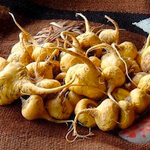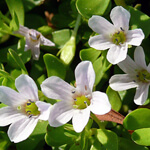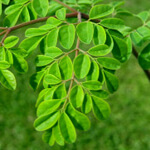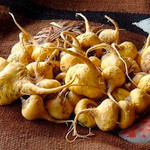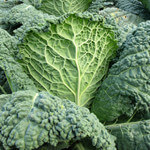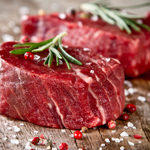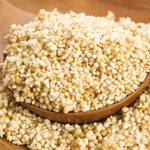
Amaranth is a broad-leafed plant that is native to the southern half of North America. It is part of the Amaranthaceae family of flowering plants, which also includes beets, Swiss chard, spinach, and quinoa, and is characterized by its rapid growing speed and competitive nature. In fact, amaranth is so aggressive that many American gardeners regard it as nothing more than a noxious weed that does little but threaten the livelihood of other, less invasive…


